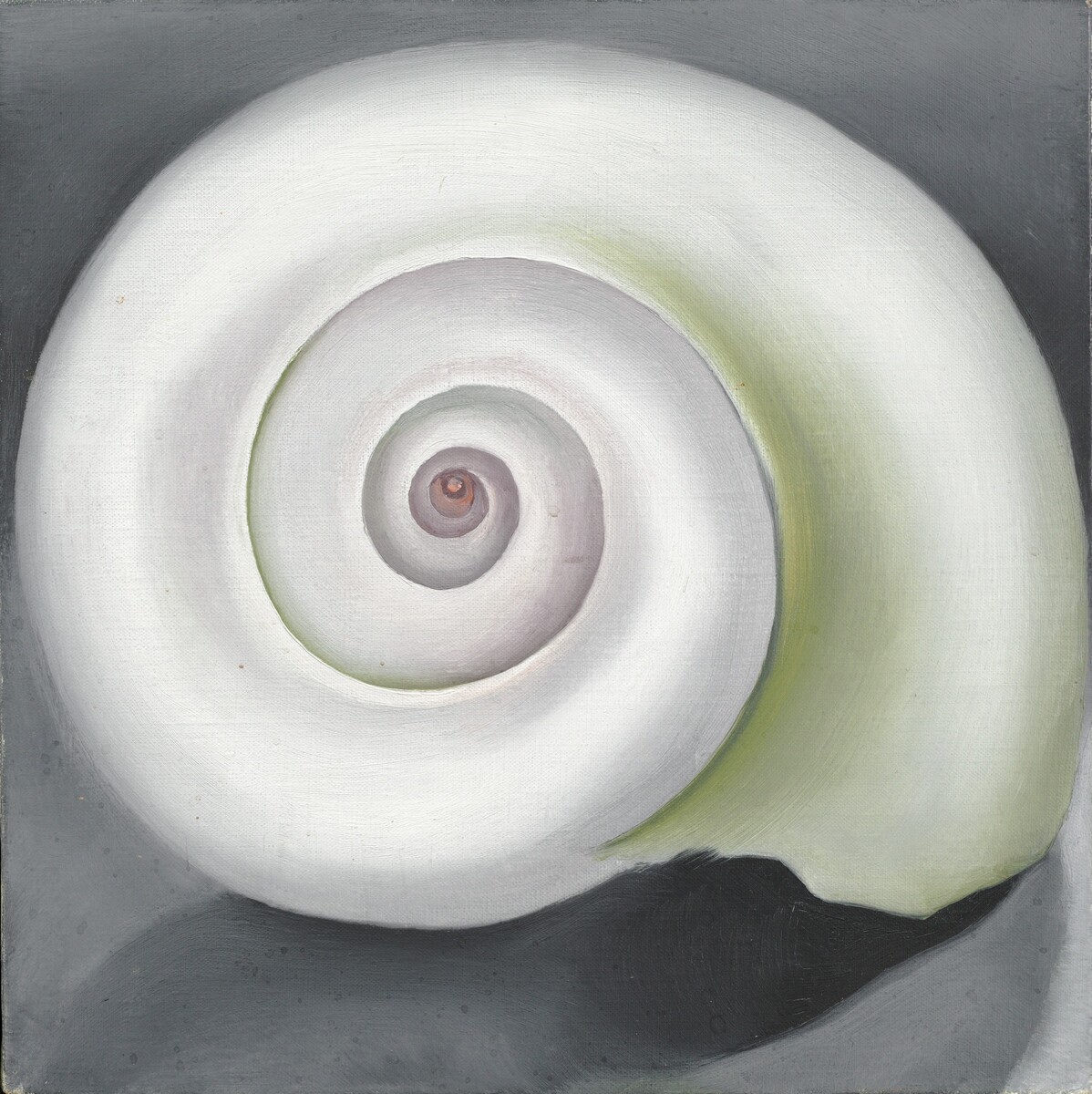Today we will look at several smaller artworks located in two wall cases in the East Building. These two cases can be found in gallery 415B, which displays our Surrealist, Dada, and Neo-Dada artworks. #MuseumFromHome
See all the works in gallery 415B: http://go.usa.gov/xwCNy ">https://go.usa.gov/xwCNy&quo...
See all the works in gallery 415B: http://go.usa.gov/xwCNy ">https://go.usa.gov/xwCNy&quo...
Our tour is led (from home) by Emily Ann Francisco ( @Em_Francisco), a curatorial assistant in our department of modern and contemporary art.
Here’s Emily giving a talk in this space at a past #NGANights.
Here’s Emily giving a talk in this space at a past #NGANights.
Today’s tour will focus on the Dada and Neo-Dada half of the room.
The Dada movement began in the wake of World War I. Repulsed by the carnage of the war, these artists celebrated absurdity and chance, and discarded all previous artistic conventions.
The Dada movement began in the wake of World War I. Repulsed by the carnage of the war, these artists celebrated absurdity and chance, and discarded all previous artistic conventions.
The name “Dada” was plucked from a dictionary in Zurich in 1916. It means rocking horse in French; “yes yes” in Romanian and Russian; or nothing at all.
[Theo van Doesburg and Kurt Schwitters, “Kleine Dada Soirée (Small Dada Evening),” 1922]
[Theo van Doesburg and Kurt Schwitters, “Kleine Dada Soirée (Small Dada Evening),” 1922]
In contrast, the term “Neo-Dada,” or “New Dada,” was coined during the late 1950s. It was used by art critics to describe a new generation of artists who merged painting and assemblage techniques, often incorporating found objects, much like the earlier Dada artists.
In this gallery, you can find art that was made throughout the 20th century, in the spirit of Dada and Neo-Dada. The works in the wall cases were made as early as 1928 and as late as 1988. Let’s start with the east wall case.
Here you will find works by Yayoi Kusama, Lee Bontecou, Joseph Cornell, Barbara Hepworth, Betye Saar, and even a small Georgia O’Keeffe!
The case includes three works by Joseph Cornell, an artist who used collage and found objects to construct unique box sculptures. Cornell collected thousands of printed images, text ephemera, and 3D objects, which he found in antique stalls and bookshops, among other places.
You can find some of this material in the Joseph Cornell Study Center at @americanart and @ArchivesAmerArt: http://s.si.edu/3d8ehVC ">https://s.si.edu/3d8ehVC&q...
[Envelope containing leaves, flowers, and a feather collected by Joseph Cornell dated August 4, 1949]
[Envelope containing leaves, flowers, and a feather collected by Joseph Cornell dated August 4, 1949]
Cornell used these items as both inspiration and materials for his art.
Learn how to make your own Cornell-inspired box: http://go.usa.gov/xwCNm
["Les">https://go.usa.gov/xwCNm&quo... constellations voisines du pôle," 1961]
Learn how to make your own Cornell-inspired box: http://go.usa.gov/xwCNm
["Les">https://go.usa.gov/xwCNm&quo... constellations voisines du pôle," 1961]
Across the room you will find three resin and found object sculptures made during the 1980s by the innovative artist Stella Waitzkin.
These sculptures were given to the Gallery in 2019 by the Waitzkin Memorial Library Trust. 2020 is the centennial of the artist’s birth.
These sculptures were given to the Gallery in 2019 by the Waitzkin Memorial Library Trust. 2020 is the centennial of the artist’s birth.
Stella Waitzkin began as an abstract expressionist painter—in the 1950s she studied with Willem de Kooning and Hans Hofmann. By the 1970s, she shifted her focus to polyester resin sculpture, while also working in glass, performance, and film.
 https://abs.twimg.com/emoji/v2/... draggable="false" alt="📷" title="Camera" aria-label="Emoji: Camera">: Waitzkin Memorial Library Trust
https://abs.twimg.com/emoji/v2/... draggable="false" alt="📷" title="Camera" aria-label="Emoji: Camera">: Waitzkin Memorial Library Trust
Waitzkin was interested in books as objects. She frequently made resin casts of leather-bound volumes, which she then assembled in small stacks like this one, as well as massive “libraries.”
[“Untitled (Stack of Books),” c. 1980]
[“Untitled (Stack of Books),” c. 1980]
A bit of a recluse, she worked out of her apartment in Manhattan’s Chelsea Hotel. Her apartment doubled as her art studio, and her walls were covered with bookshelves, all filled with her resin-cast books and other sculptures.
 https://abs.twimg.com/emoji/v2/... draggable="false" alt="📷" title="Camera" aria-label="Emoji: Camera">: Waitzkin Memorial Library Trust
https://abs.twimg.com/emoji/v2/... draggable="false" alt="📷" title="Camera" aria-label="Emoji: Camera">: Waitzkin Memorial Library Trust
Her living space was a work of art in itself. See more images of Waitzkin’s eclectic apartment, and a video about her home: http://bit.ly/2ZzfZvs ">https://bit.ly/2ZzfZvs&q...
 https://abs.twimg.com/emoji/v2/... draggable="false" alt="📷" title="Camera" aria-label="Emoji: Camera">: Waitzkin Memorial Library Trust, photograph by Norman McGrath
https://abs.twimg.com/emoji/v2/... draggable="false" alt="📷" title="Camera" aria-label="Emoji: Camera">: Waitzkin Memorial Library Trust, photograph by Norman McGrath
The sculptures by Waitzkin in this wall case illustrate the variety of objects that inspired Waitzkin—from books, to a wooden frame, to an antique mirror.
Her Jewish heritage informs “‘Little’ Shoah” (c. 1984), a work about the Holocaust. Waitzkin only made two sculptures about the Holocaust—the other is a larger work titled “Yom Ha Shoah” (c. 1978-1983) (Holocaust Remembrance Day), and is located at the Boris Lurie Art Foundation.
The artist’s son, author @FredWaitzkin, has said: “Stella was charming, enigmatic, and sometimes very dark—like her work. She insisted that great art had to be raw and emotional—never neat or pretty.”
 https://abs.twimg.com/emoji/v2/... draggable="false" alt="📷" title="Camera" aria-label="Emoji: Camera">: Waitzkin Memorial Library Trust
https://abs.twimg.com/emoji/v2/... draggable="false" alt="📷" title="Camera" aria-label="Emoji: Camera">: Waitzkin Memorial Library Trust
Although not a household name, Waitzkin had connections to numerous art movements, and her work was admired by many New York-based artists and poets. Her friends included Allen Ginsberg, Jackson Pollock, Louise Nevelson, Yayoi Kusama, and more.
[“Faces on Mirror,” c. 1985]
[“Faces on Mirror,” c. 1985]
Thanks for following along on today’s tour of gallery 415B in the East Building!
For today’s #MuseumMomentofZen, Georgia O’Keeffe’s “Shell No. I,” from 1928.
For today’s #MuseumMomentofZen, Georgia O’Keeffe’s “Shell No. I,” from 1928.

 Read on Twitter
Read on Twitter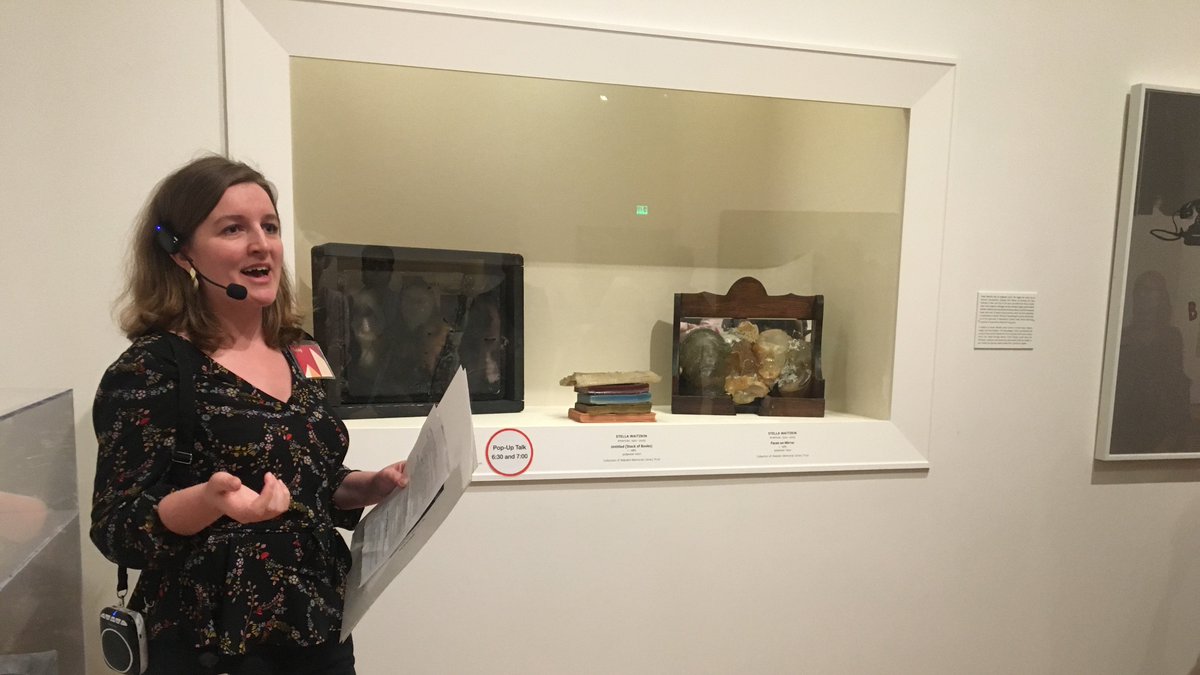
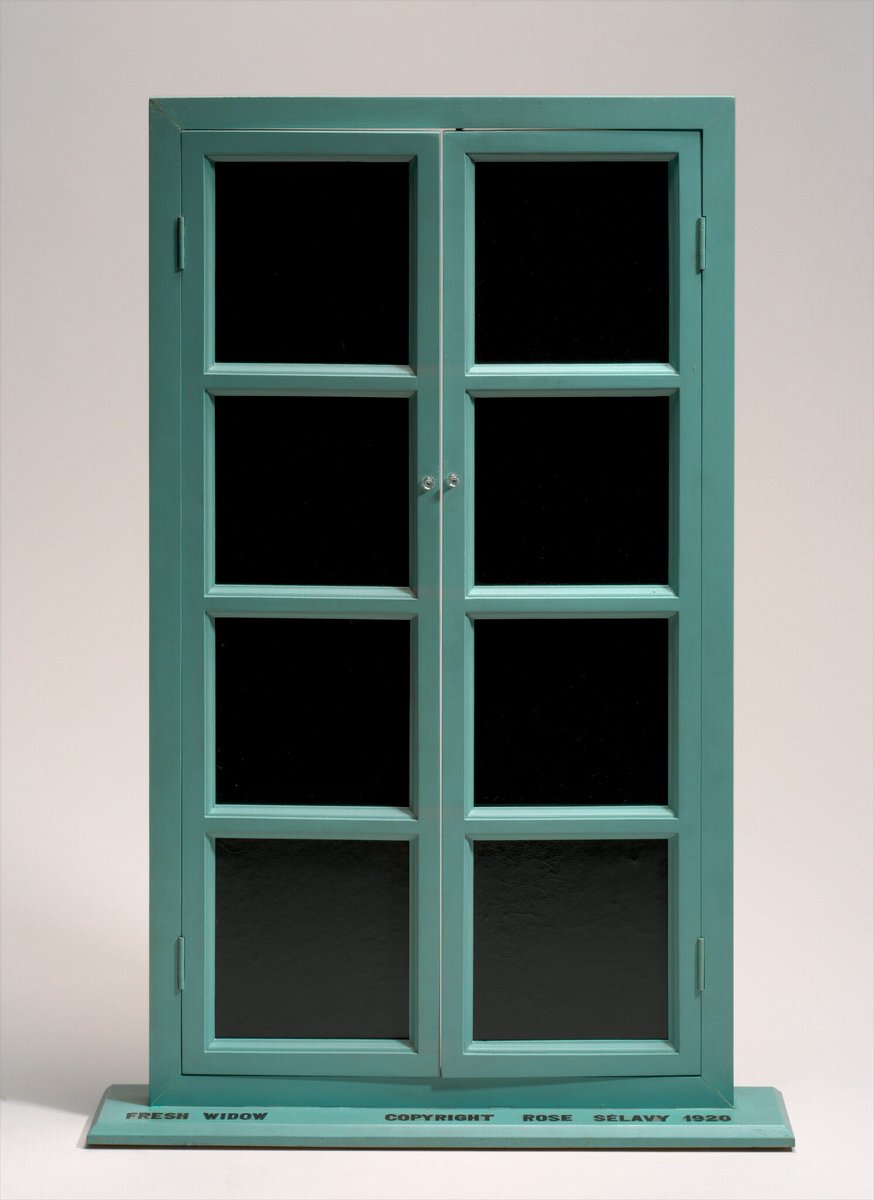
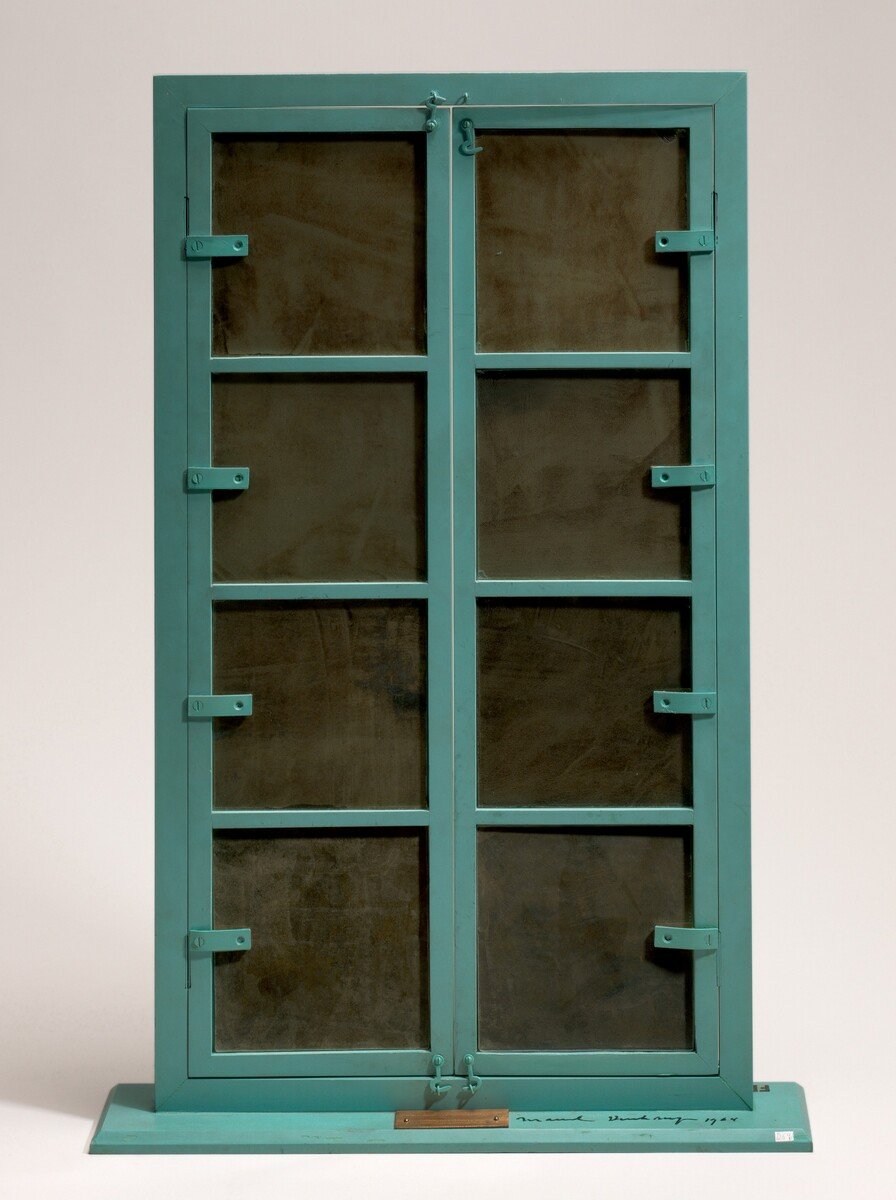
![The name “Dada” was plucked from a dictionary in Zurich in 1916. It means rocking horse in French; “yes yes” in Romanian and Russian; or nothing at all.[Theo van Doesburg and Kurt Schwitters, “Kleine Dada Soirée (Small Dada Evening),” 1922] The name “Dada” was plucked from a dictionary in Zurich in 1916. It means rocking horse in French; “yes yes” in Romanian and Russian; or nothing at all.[Theo van Doesburg and Kurt Schwitters, “Kleine Dada Soirée (Small Dada Evening),” 1922]](https://pbs.twimg.com/media/EY94tU7XsAESpws.jpg)

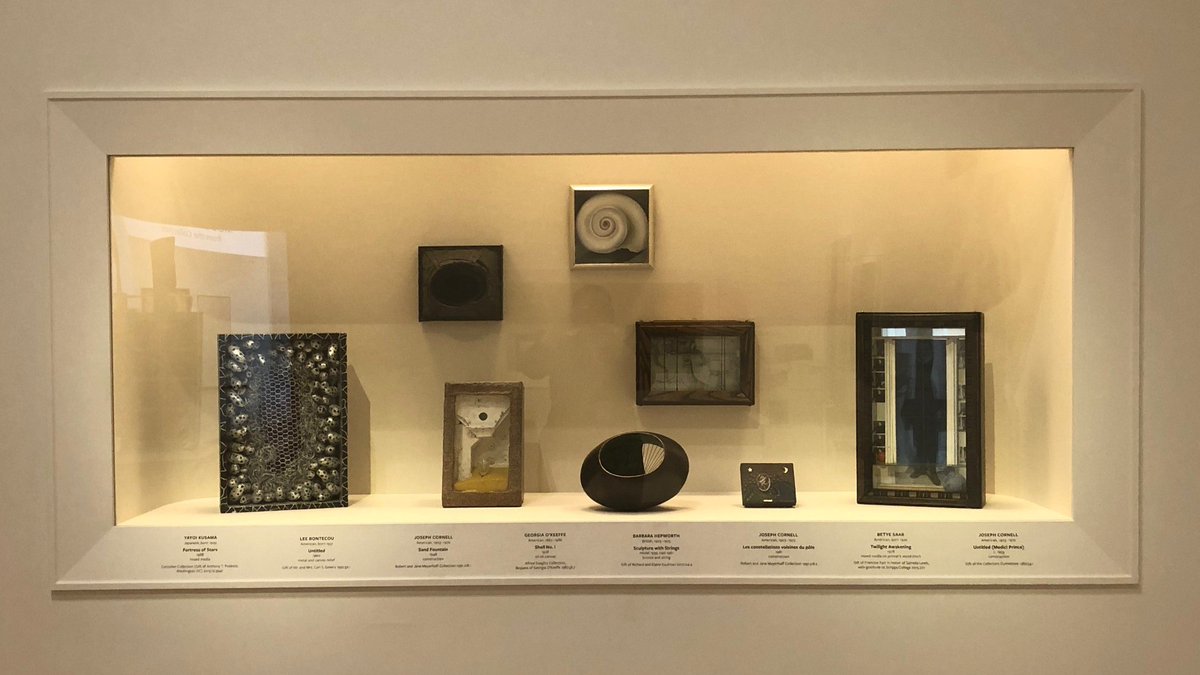
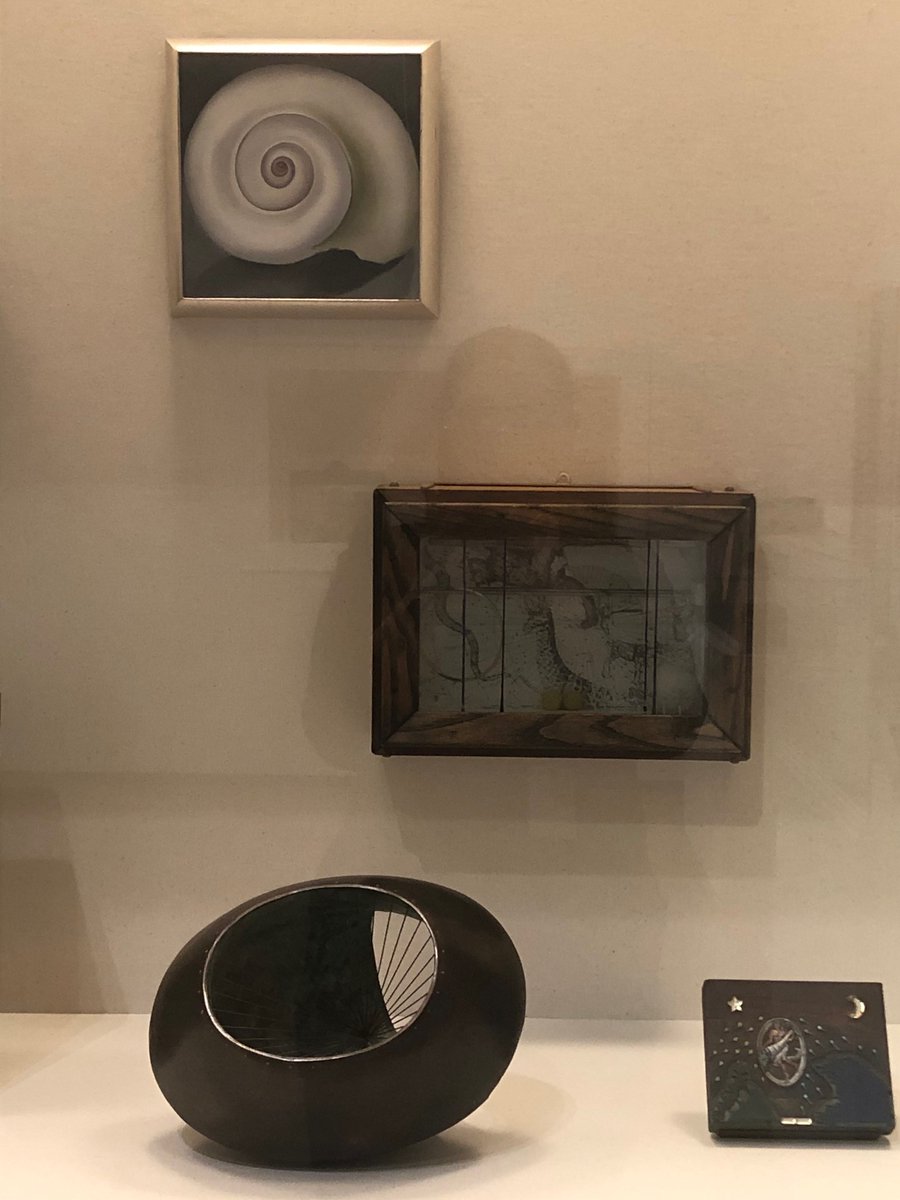


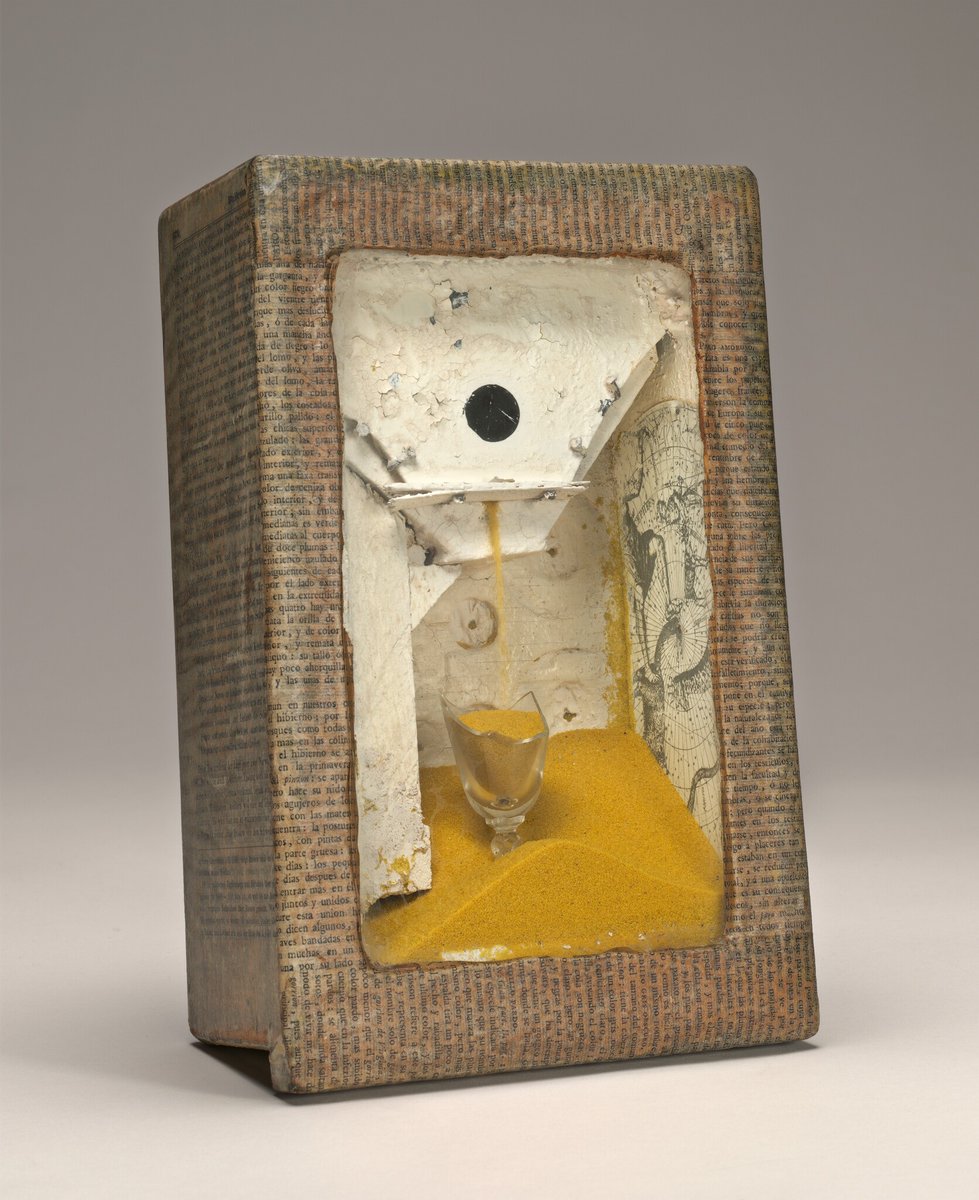
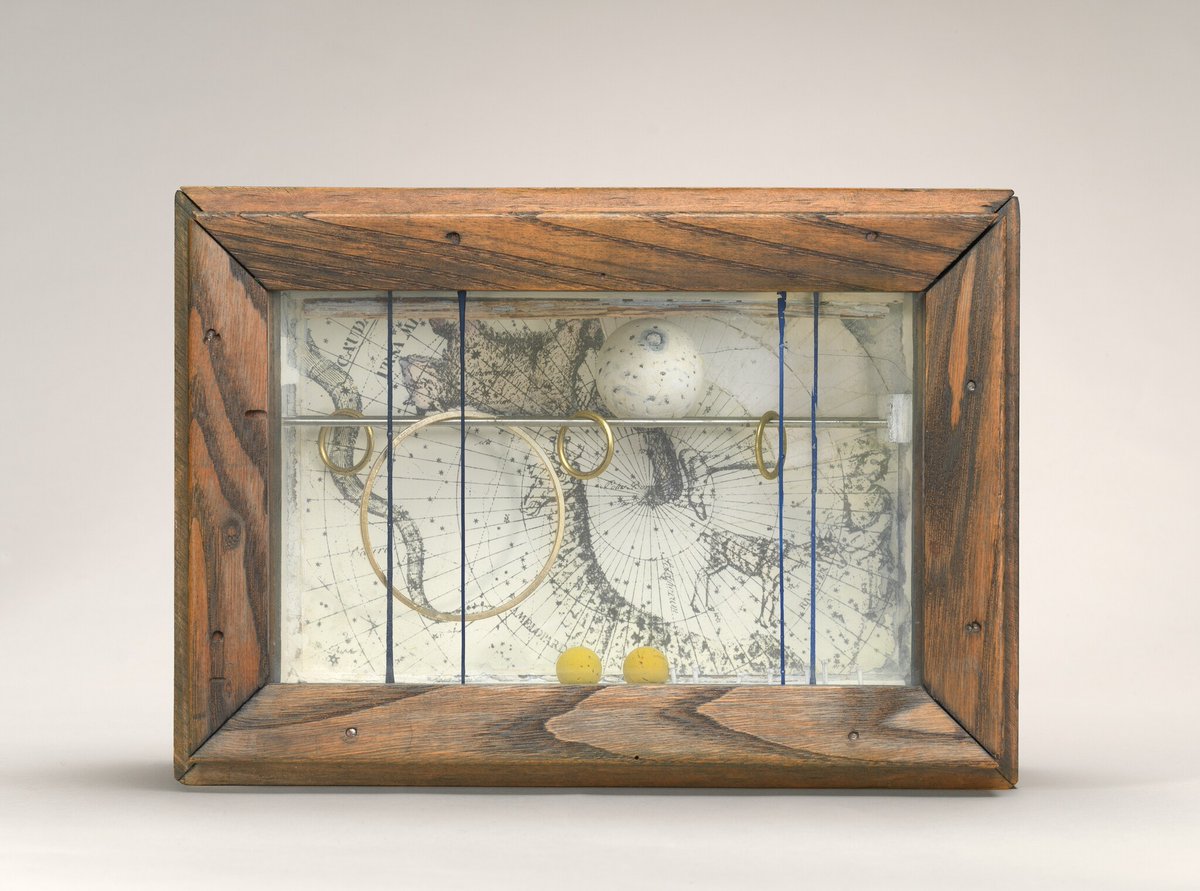
![You can find some of this material in the Joseph Cornell Study Center at @americanart and @ArchivesAmerArt: https://s.si.edu/3d8ehVC&q... [Envelope containing leaves, flowers, and a feather collected by Joseph Cornell dated August 4, 1949] You can find some of this material in the Joseph Cornell Study Center at @americanart and @ArchivesAmerArt: https://s.si.edu/3d8ehVC&q... [Envelope containing leaves, flowers, and a feather collected by Joseph Cornell dated August 4, 1949]](https://pbs.twimg.com/media/EY97H7dXgAE2jvF.jpg)
![Cornell used these items as both inspiration and materials for his art.Learn how to make your own Cornell-inspired box: https://go.usa.gov/xwCNm&quo... constellations voisines du pôle," 1961] Cornell used these items as both inspiration and materials for his art.Learn how to make your own Cornell-inspired box: https://go.usa.gov/xwCNm&quo... constellations voisines du pôle," 1961]](https://pbs.twimg.com/media/EY98bSOWsAUpLxS.jpg)
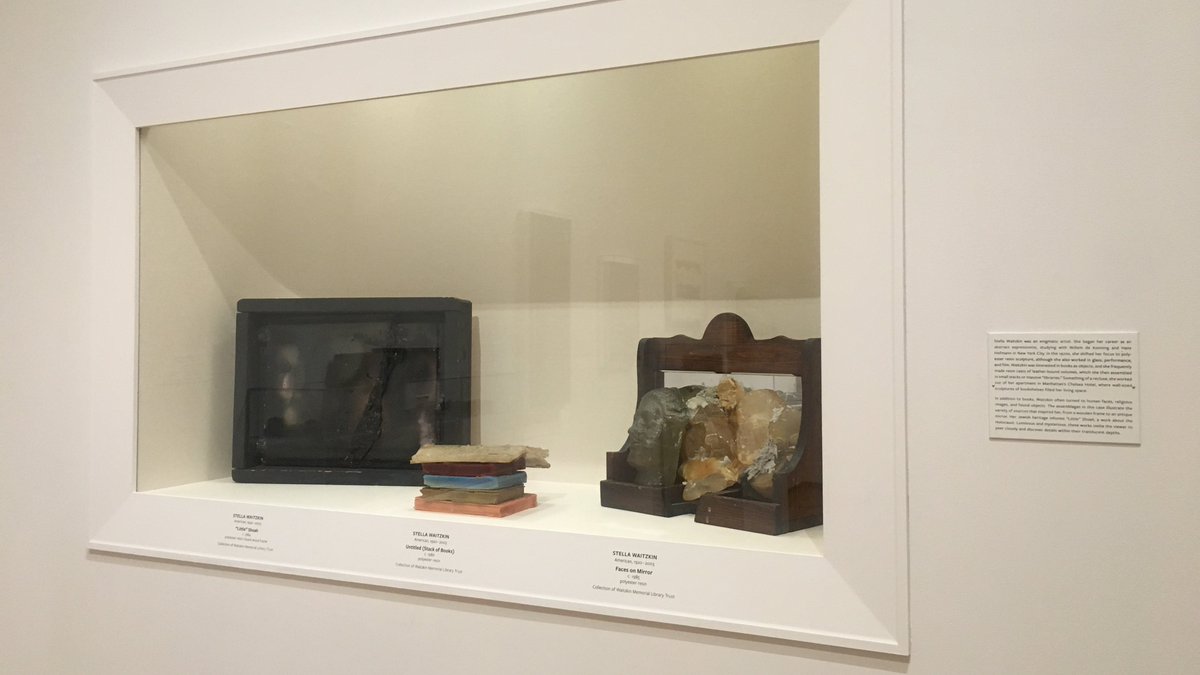
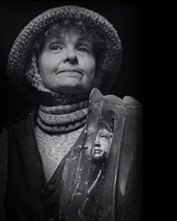 : Waitzkin Memorial Library Trust" title="Stella Waitzkin began as an abstract expressionist painter—in the 1950s she studied with Willem de Kooning and Hans Hofmann. By the 1970s, she shifted her focus to polyester resin sculpture, while also working in glass, performance, and film.https://abs.twimg.com/emoji/v2/... draggable="false" alt="📷" title="Camera" aria-label="Emoji: Camera">: Waitzkin Memorial Library Trust" class="img-responsive" style="max-width:100%;"/>
: Waitzkin Memorial Library Trust" title="Stella Waitzkin began as an abstract expressionist painter—in the 1950s she studied with Willem de Kooning and Hans Hofmann. By the 1970s, she shifted her focus to polyester resin sculpture, while also working in glass, performance, and film.https://abs.twimg.com/emoji/v2/... draggable="false" alt="📷" title="Camera" aria-label="Emoji: Camera">: Waitzkin Memorial Library Trust" class="img-responsive" style="max-width:100%;"/>
![Waitzkin was interested in books as objects. She frequently made resin casts of leather-bound volumes, which she then assembled in small stacks like this one, as well as massive “libraries.”[“Untitled (Stack of Books),” c. 1980] Waitzkin was interested in books as objects. She frequently made resin casts of leather-bound volumes, which she then assembled in small stacks like this one, as well as massive “libraries.”[“Untitled (Stack of Books),” c. 1980]](https://pbs.twimg.com/media/EY99K3RXsAELXw-.jpg)
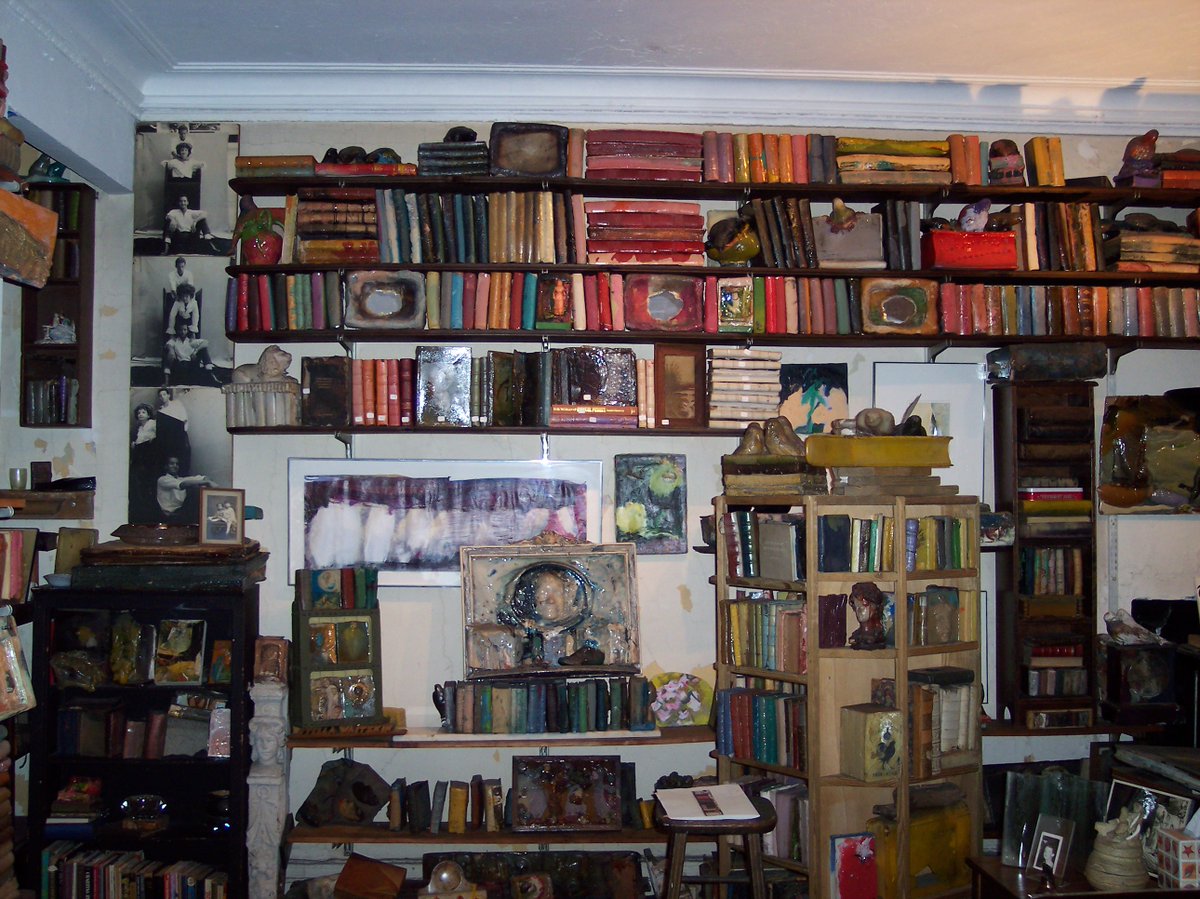 : Waitzkin Memorial Library Trust" title="A bit of a recluse, she worked out of her apartment in Manhattan’s Chelsea Hotel. Her apartment doubled as her art studio, and her walls were covered with bookshelves, all filled with her resin-cast books and other sculptures.https://abs.twimg.com/emoji/v2/... draggable="false" alt="📷" title="Camera" aria-label="Emoji: Camera">: Waitzkin Memorial Library Trust" class="img-responsive" style="max-width:100%;"/>
: Waitzkin Memorial Library Trust" title="A bit of a recluse, she worked out of her apartment in Manhattan’s Chelsea Hotel. Her apartment doubled as her art studio, and her walls were covered with bookshelves, all filled with her resin-cast books and other sculptures.https://abs.twimg.com/emoji/v2/... draggable="false" alt="📷" title="Camera" aria-label="Emoji: Camera">: Waitzkin Memorial Library Trust" class="img-responsive" style="max-width:100%;"/>
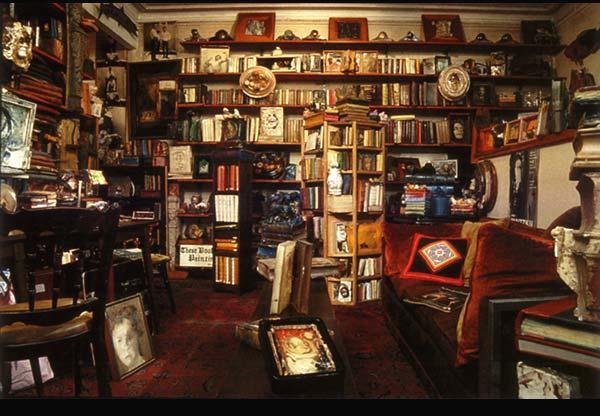 : Waitzkin Memorial Library Trust, photograph by Norman McGrath" title="Her living space was a work of art in itself. See more images of Waitzkin’s eclectic apartment, and a video about her home: https://bit.ly/2ZzfZvs&q... https://abs.twimg.com/emoji/v2/... draggable="false" alt="📷" title="Camera" aria-label="Emoji: Camera">: Waitzkin Memorial Library Trust, photograph by Norman McGrath" class="img-responsive" style="max-width:100%;"/>
: Waitzkin Memorial Library Trust, photograph by Norman McGrath" title="Her living space was a work of art in itself. See more images of Waitzkin’s eclectic apartment, and a video about her home: https://bit.ly/2ZzfZvs&q... https://abs.twimg.com/emoji/v2/... draggable="false" alt="📷" title="Camera" aria-label="Emoji: Camera">: Waitzkin Memorial Library Trust, photograph by Norman McGrath" class="img-responsive" style="max-width:100%;"/>
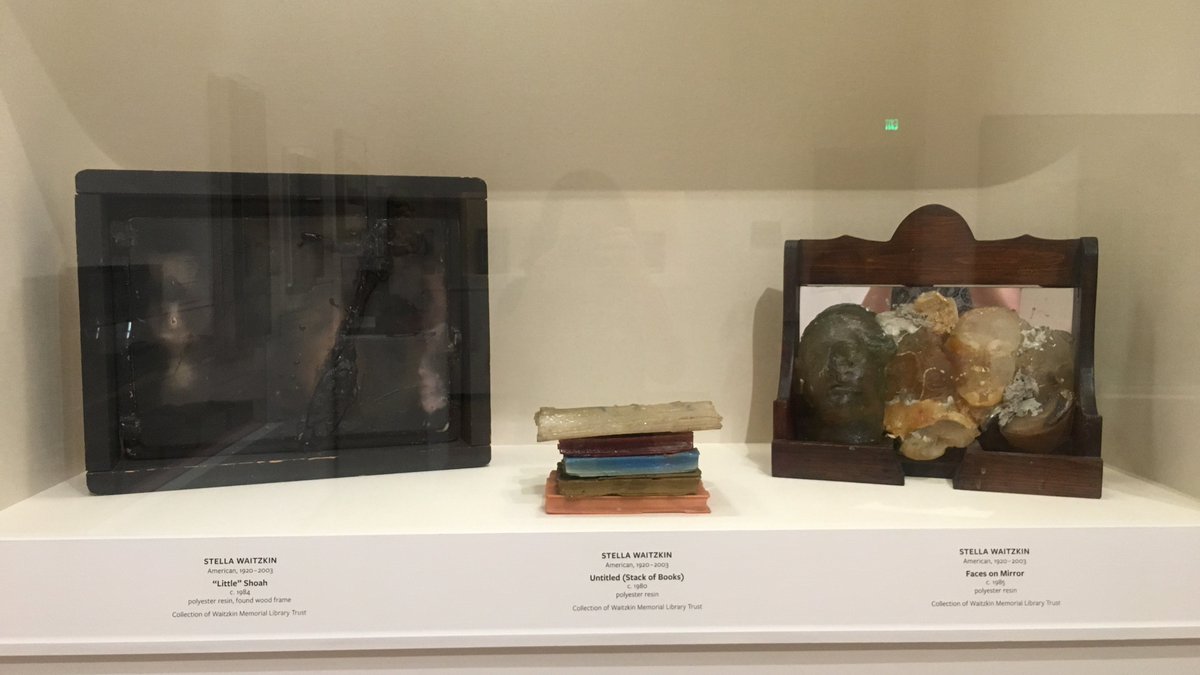


 : Waitzkin Memorial Library Trust" title="The artist’s son, author @FredWaitzkin, has said: “Stella was charming, enigmatic, and sometimes very dark—like her work. She insisted that great art had to be raw and emotional—never neat or pretty.”https://abs.twimg.com/emoji/v2/... draggable="false" alt="📷" title="Camera" aria-label="Emoji: Camera">: Waitzkin Memorial Library Trust" class="img-responsive" style="max-width:100%;"/>
: Waitzkin Memorial Library Trust" title="The artist’s son, author @FredWaitzkin, has said: “Stella was charming, enigmatic, and sometimes very dark—like her work. She insisted that great art had to be raw and emotional—never neat or pretty.”https://abs.twimg.com/emoji/v2/... draggable="false" alt="📷" title="Camera" aria-label="Emoji: Camera">: Waitzkin Memorial Library Trust" class="img-responsive" style="max-width:100%;"/>
![Although not a household name, Waitzkin had connections to numerous art movements, and her work was admired by many New York-based artists and poets. Her friends included Allen Ginsberg, Jackson Pollock, Louise Nevelson, Yayoi Kusama, and more.[“Faces on Mirror,” c. 1985] Although not a household name, Waitzkin had connections to numerous art movements, and her work was admired by many New York-based artists and poets. Her friends included Allen Ginsberg, Jackson Pollock, Louise Nevelson, Yayoi Kusama, and more.[“Faces on Mirror,” c. 1985]](https://pbs.twimg.com/media/EY9-bmJXYAQEh9R.jpg)
